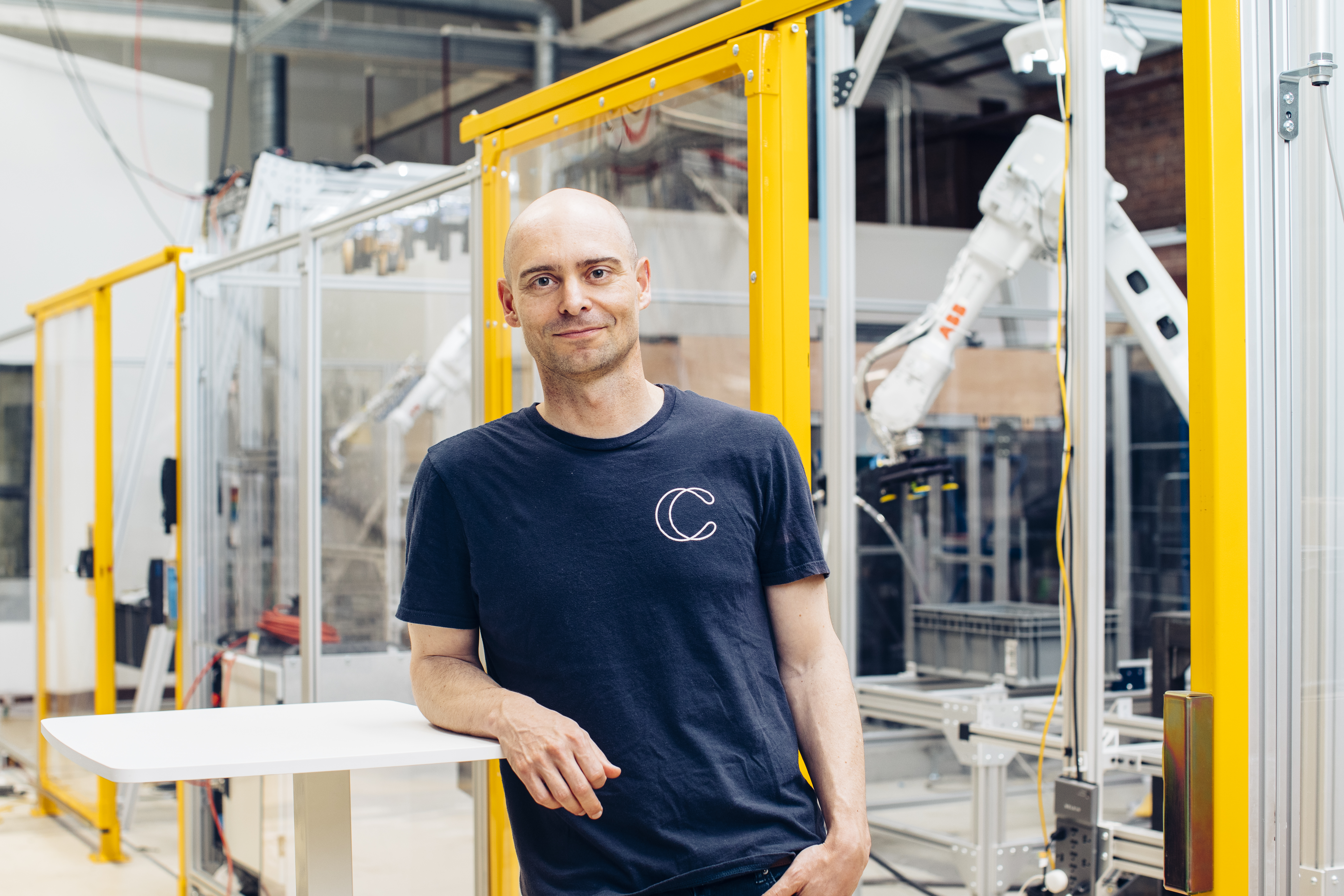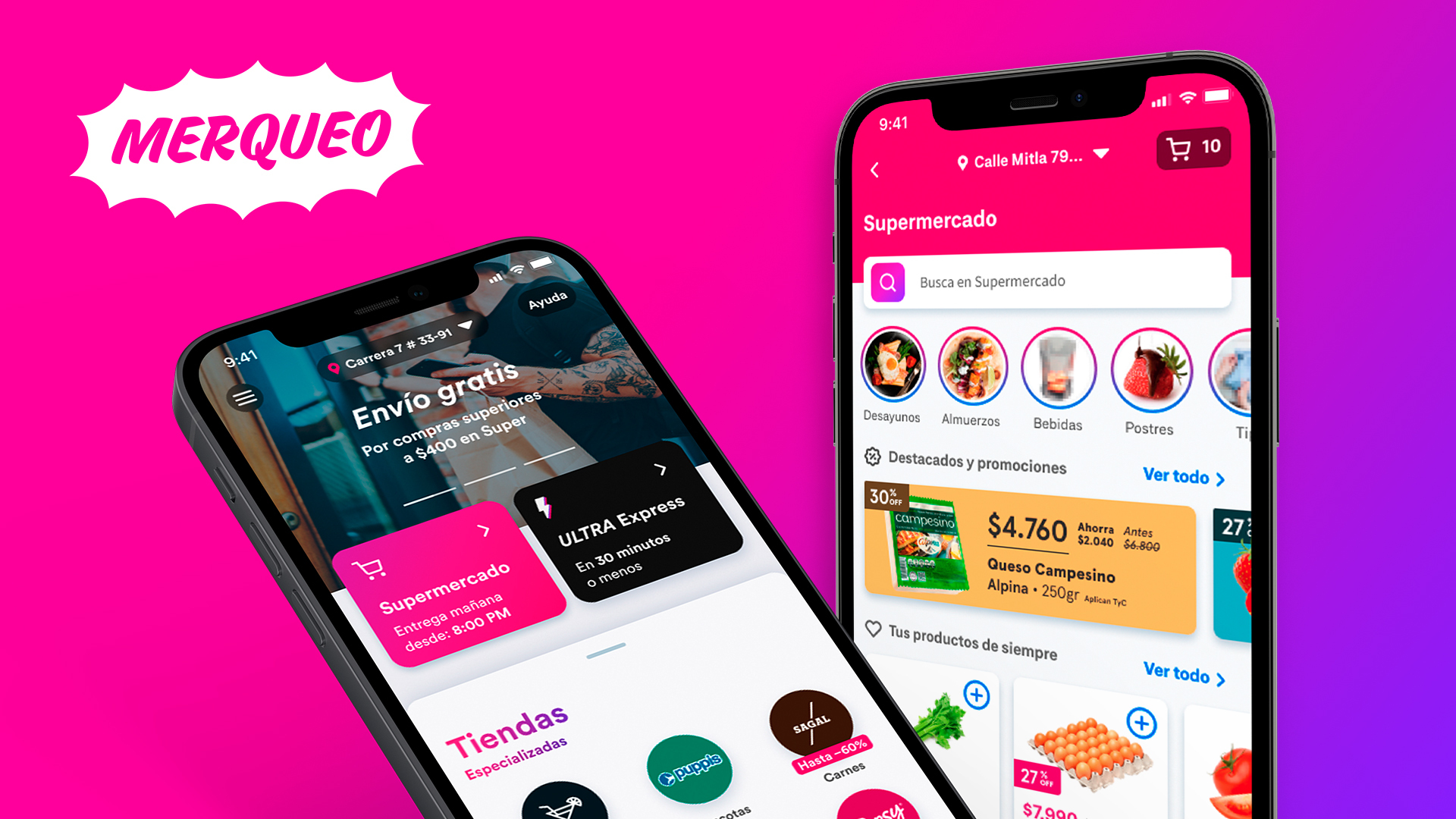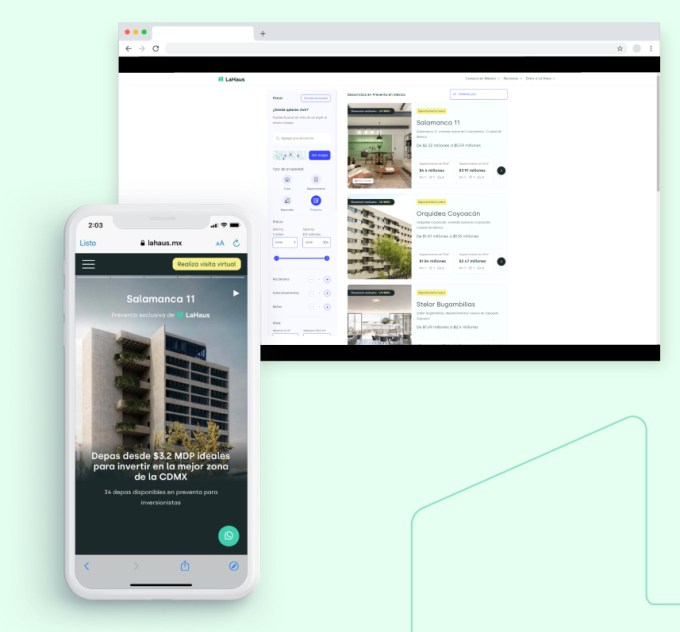- July 29, 2021
- by:
- in: Blog
Industrial robotics are big and heavy — and in some cases, legitimately dangerous. They’re also extremely difficult to train — particularly if you plan to implement them for tasks outside of their purpose-built intentions. There’s huge opportunity for the right AI/software company to come along and help make the bulky systems intended for things like
Industrial robotics are big and heavy — and in some cases, legitimately dangerous. They’re also extremely difficult to train — particularly if you plan to implement them for tasks outside of their purpose-built intentions.
There’s huge opportunity for the right AI/software company to come along and help make the bulky systems intended for things like auto manufacturing easier to program and more versatile. Honestly, there’s probably enough room to support multiple companies in the category as robots become an increasingly essential part of how we do business.
This week we saw a pair of big news stories from companies operating in that space. On Tuesday, Covariant announced an $80 million raise — a quick follow-up to the $40 million Series B it announced in May 2020.

Image Credits: Covariant
I spoke to president, chief scientist and co-founder (and recurring TC Sessions: Robotics guest) Pieter Abbeel for the piece, which you can check out here. I further picked the long-time UC Berkeley professor’s brain about some broader robotics trends.
We’ve seen a marked increase in investment activity around robotics and automation since the beginning of the pandemic. Do you anticipate that this interest will maintain?
It won’t just maintain. It’ll continue to accelerate on a dramatic scale. The demand isn’t new but the pandemic has certainly increased demand for resilient and robust robotics. COVID-19 accelerated a timeline that was already in motion. Other factors that contribute to the momentum include the rise of e-commerce replacing in-store purchases along with Amazon’s strive for efficiency. They’ve raised consumer expectations of fast delivery across the board and making good on that promise often starts with warehouse automation.
As someone with experience in both an educational setting and a startup, how have universities’ approach to incubating companies evolved. What more can and should be done to foster entrepreneurship?
With AI the transition from research to practice has been exceptionally fast. An idea could be published today, and many companies might be implementing it into their systems the next day. This trend has made AI researchers uniquely positioned to build new applications (compare this to, let’s say, Airbnb, Uber, food delivery companies, etc., which were not enabled by research advances, but by everyone having a smartphone, enabling a new model of doing business).
Structurally, one clear change at many universities is the introduction of artificial intelligence across many programs. A great example is “The Business of AI” course, which I co-teach in the Haas Business School at Berkeley, and which gives business students a solid understanding of the role of AI today, as well as trends and what the future might bring.
To foster more entrepreneurship in the U.S., leadership should consider how many international students are also the leading AI researchers. A faster visa/green card process for entrepreneurs would have a very high impact.
Do you foresee continuing to teach, as Covariant grown?
Yes. I see a very strong synergy between being at the forefront of academic AI research at Berkeley and being at the forefront of industrial R&D bringing AI Robotics into the real world as chief scientist at Covariant. The culture our CEO Peter Chen has fostered at Covariant also has great alignment with this; curiosity and lifelong learning are core values at Covariant.
How actively does your team consider biases in its AI work?
Bias in AI systems is of course a broader industry issue and is on the minds of our team members. As of today, bias in AI systems doesn’t directly play a role in our current robotic warehousing efforts. However, quality assurance more generally is core to everything we do, and quality assurance isn’t a one-axis thing, we have to consider quality and coverage of various data sources and performance across SKUs, warehouses, customers, etc. In that sense, there are actually many technical parallels.
It seems like most of the activity on the industrial robotics front is happening on the software/AI side. Are robotics manufacturers continuing to evolve their hardware as software improves?
Indeed, while we largely focus on the software/AI ourselves, we work with amazing partners to deliver fully functioning robotic systems. In doing so, we see continual improvement on the hardware as well. Most visible over a short time period are continual changes in end-of-arm tooling. In addition, we see interesting multiyear roadmap ideas in robotic arm form factors that take more R&D and design effort to bring to market.

Image Credits: Gramazio Kohler Research, ETH Zurich
The other big news of the week is the unveiling of Intrinsic, Alphabet’s most recent robotics play. Or, I guess I should say, most recently announced robotics play. The Alphabet X spinout has apparently been in the works for about five years now. It follows a fairly uneven robotics track record for Alphabet/Google that involved brief ownership of Boston Dynamics. But the company’s offering seems much more in-line with what Google excels at.
Here’s Intrinsic CEO, Wendy Tan-White, who most recently served as Alphabet’s VP of Moonshots:
Over the last few years, our team has been exploring how to give industrial robots the ability to sense, learn and automatically make adjustments as they’re completing tasks, so they work in a wider range of settings and applications. Working in collaboration with teams across Alphabet, and with our partners in real-world manufacturing settings, we’ve been testing software that uses techniques like automated perception, deep learning, reinforcement learning, motion planning, simulation and force control.

Image Credits: Agility
Closing the week’s roundup with a pair of athletic ‘bots. First is the return of Cassie, Oregon State University’s bipedal robot. Cassie took a bit of a backseat to OSU spinoff Agility’s delivery robot, Digit, but the school is continuing to do interesting things with the platform. A team of research helped teach the robot to run, using a a deep reinforcement learning algorithm.
In fact, Cassie managed to run a 5K in 53 minutes. Not great by human standards, but extremely solid for a robot using a single battery, particularly when you factor in the 6.5 minutes of troubleshooting an overheated computer and a poorly maneuvered turn.
Outside Olympians and T-shirt vendors, Toyota may well have been the most disappointed about the initial decision to delay the summer Olympics. The automotive giant clearly envisioned the Tokyo games as an ideal opportunity to showcase its technology for the world.
Now that the games are on, the company’s basketball robot CUE is back in a big way. After debuting in 2018, CUE returned to sink three-pointers during half-time at the USA-France game.








